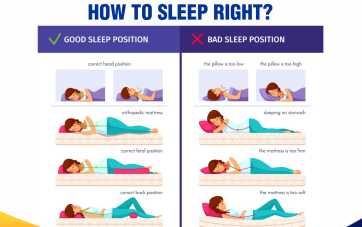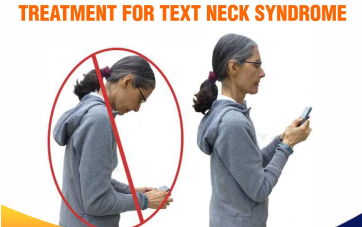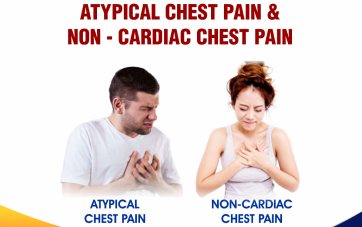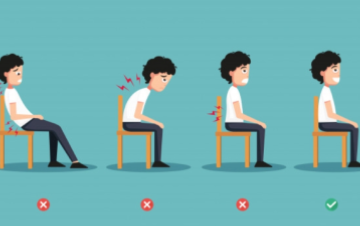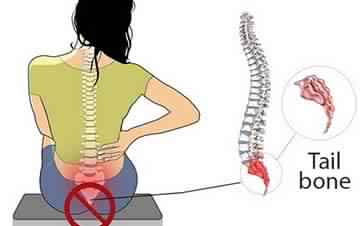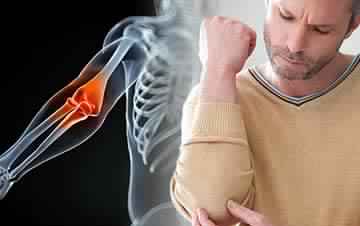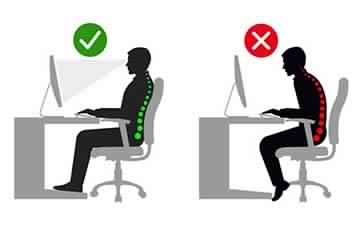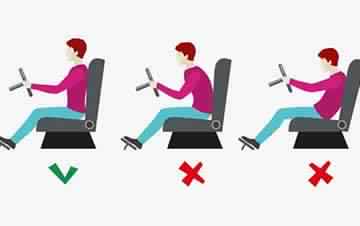SLIP DISC TREATMENT IN JAIPUR
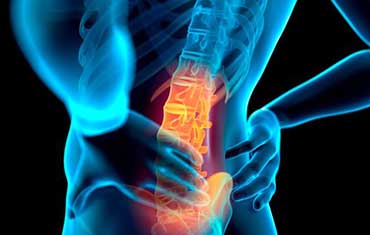
Many people are suffering from back or neck pain, but it is difficult to find the exact cause of every back pain. If a patient suffers from back pain with radiating pain in legs, with pain exacerbation with spine movements, then it could be the result of slipped disc or slip disc or disc prolapse or Spinal disc herniation in spine. The spinal
discs are found between the vertebrae bones in the spine. They have an elastic casing made of cartilage (annulus fibrosus) and a gel-like center (nucleus pulposus). A slipped disc occurs if the spinal disc tissue pushes out, or "herniates," between the vertebrae. This herniated tissue may put pressure on the spinal nerves and irritate them. For the Slip Disc Pain Treatment in Jaipur, visit Dr. Sanjeev K. Sharma
Causes of Slip Disc:
- Excessive loading of spine i.e. repeated forward bending, lifting heavy weights, bending forwards and sidewards, heavy exercises, etc.- Loss of elasticity of discs with age
- Injury or trauma
In disc slip, there is tear in annulus fibrosus and gel like nucleus pulposus comes out into epidural space, generating compression over existing or traversing nerve roots or produce severe inflammation with chemical irritation of nerve roots. This irritated or compressed nerve, produces Sciatica-pain like symptoms in lower limbs.
A slipped disc pain is very bad. But the symptoms usually go away on their own within less than six weeks in most people. Also not every slipped disc is painful. Some disc bulges heal on their own and do not cause symptoms. Slip Disc Pain Treatment can be done by following the expert guidance.
Symptoms Of Slip Disc Pain:
a. Sudden, severe sharp-shooting pain (Sciatica) in one or both lower limbs in lumbar disc prolapse.b. If it occurs in the neck area, the pain might radiate into the arms, hand.
c. In rare cases, numbness in the buttocks, urinary incontinence, constipation or signs of paralysis may develop in addition to the pain. These symptoms are signs of "cauda equina syndrome" and are a medical emergency.
Spinal Disc Herniation or Slipped Discs are classified according to severity:
- Disc Prolapse or protrusion: The disc bulges out between the vertebrae, but its outermost layer is still intact.
- Disc Extrusion: There is a tear in the outermost layer of the spinal disc, causing spinal disc tissue to spill out. But the tissue that has come out is still connected to the disc.
- Disc Sequestration:
Spinal disc tissue has entered the spinal canal and is no longer directly attached to the disc.
Usually it subsides on its own within 4-6 weeks, but if it is still present, then patient needs to see a Spinal Disc Pain Treatment Specialists in Jaipur.
MRI spine is indicated in following cases:
- Numbness or paralysis in one or both legs
- Impaired function of the bladder or bowel
- Unbearable pain despite treatment
- Severe symptoms remain for 2-4 weeks despite treatment
- If suspicion of another cause of pain e.g. tumour, infection, etc.
Treatment of Slip disc involves (Sequential):
1. Medicines to reduce inflammation/ swelling, pain reduction.
2. Posture retraining/ advice.
3. Exercise or physiotherapy to correct spine biomechanics, improve spine or abdominal muscle strength.
4. Minimally invasive pain and spine interventions MIPSI e.g. Transforaminal epidural injections, epidural adhesiolysis, selective nerve root block, DRG-RFA, etc.
5. Disc procedures e.g. PELD (Percutaneous endoscopic lumbar decompression), ozone nucleolysis, IDET, nucleoplasty, Biaculoplasty,etc.
Spine Rehabilitation: is involved at each step of spine care. The goal of rehabilitation is to improve the symptoms and restrictions resulting from a slipped disc, and strengthen the muscles of the trunk in order to improve the stability of the spine by the specialist of Spinal Disc Treatment.
Rehabilitation may include patient education, stretching and relaxation exercises, strength training and other measures. It is an option for people who have been greatly affected by their back pain and are unable to work or perform other everyday activities. Follow-up rehabilitation may help after MIPSI/ pain relief interventions and surgery too.
Conditions We Treat
- Headache Treatment
- Neck Pain Treatment
- Facial Pain Treatment
- Shoulder Pain Treatment
- Elbow Pain Treatment
- Wrist or Hand Pain Treatment
- Pain Abdomen Treatment
- Pelvic Pain Treatment
- Upper Back Pain Treatment
- Slip Disc Pain Treatment
- Low Back Pain Treatment
- Knee Pain Treatment
- Heel Pain Treatment
- Neuropathic Pain Treatment
- Sports Injury Treatment
